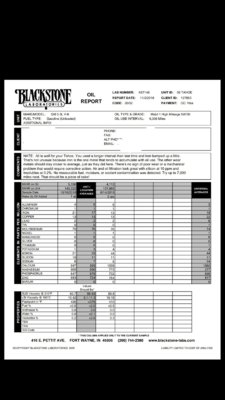Just watch trends. This stuff can take a little while to sort itself back to normal. Break in wear can show well into the 30k mark on oil tests. You're on the down trend now. All the ions and particles settle/bond to various surfaces in the engine and take a good while to work their way out. You can expedite this process by running shorter OCIs.
Another point of note: Ester based oils in particular tend to fake high wear numbers. Redline comes to mind. Huge tl;dr it has to do with the polarity of the molecules and how it can suspend/dissolve contaminants into the oil vs. letting it settle to the filter or pan. It'll show high wear numbers in an oil analysis but if you tear the engine down the parts look quite good.
You might also play around with different grades of oil. From my own testing, I've found that a thicker oil tends to produce lower bearing wear numbers, but higher numbers for cylinders. The opposite is true for thinner oils.
If high lead remains a concern for you, you can drop your oil pan, pop your bearing caps off, and in addition to a visual inspection: check clearances with something called plastigauge. Basically it's a malleable material that when placed in a bearing and torqued to spec, will deform, and you can measure that degree of deformation to determine your bearing tolerances. You'll hear some randos on the internet complain that it's not accurate. I'll just come right out and say that they're using it wrong. Is it as accurate as a high quality micrometer? No. But you'll get readings to within half a thousandth of an inch which is plenty fine for a check. For the stuff to work, you rely on the assumption that what you're measuring is actually round - easy way to check this is to run a few tests in different crankshaft positions. And the other bit: You place the gauge piece perpendicular to the circumference of what you're measuring. That is to say, front to back. NOT wrapping around the crankshaft or whatever you happen to be checking. Oh, and cut the stuff with scissors, If you try to pull it apart or use a pocket knife or something, you'll stretch the material which will impact your readings.
All this to say: Wear numbers from blackstone and other labs are just an indicator, but are not the full story. It's like... If you have a cough, that cough can be caused by things like the flu or strep, or as benign as allergies or eating spicy food earlier. In this case, blackstone would only tell you that you have a cough, but you need to do some digging and/or interpretation to determine the cause and if it's a concern.

